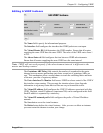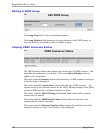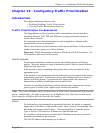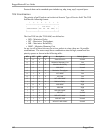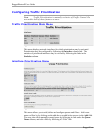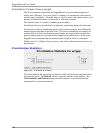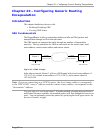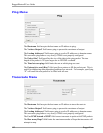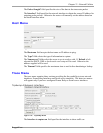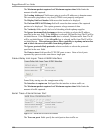
Chapter 20 – Configuring Generic Routing Encapsulation
Chapter 20 – Configuring Generic Routing
Encapsulation
Introduction
This chapter familiarizes the user with:
• Enabling/Disabling GRE
• Viewing GRE Status
GRE Fundamentals
The RuggedRouter is able to encapsulate multicast traffic and IPv6 packets and
transport them through an IPv4 network tunnel.
The GRE tunnel can transport the traffic through any number of intermediate
networks. The key parameters for GRE in each router are the tunnel name, local
router address, remote router address and remote subnet.
Figure 163: VRRP Example
In the above example, Router 1 will use a GRE tunnel with a local router address of
172.16.17.18, a remote router address of 172.19.20.21, and a remote subnet of
192.168.2.0/24.
Note: If you are connecting to a CISCO router, the local router address corresponds
to the CISCO IOS “source” address and the remote router address corresponds to the
“destination” address.
You may also set a cost for the tunnel. If another method of routing between Router1
and Router2 becomes available, the tunneled packets will flow through the lowest cost
route. You can optionally restrict the packets by specifying the local egress device (in
the case of router1, w1ppp).
RuggedCom 187
Router 2Router 1
w2pppw1ppp
172.16.17.18
172.19.20.21
192.168.1.0/8 192.168.2.0/8
192.168.1.1 192.168.2.1eth1 eth2



